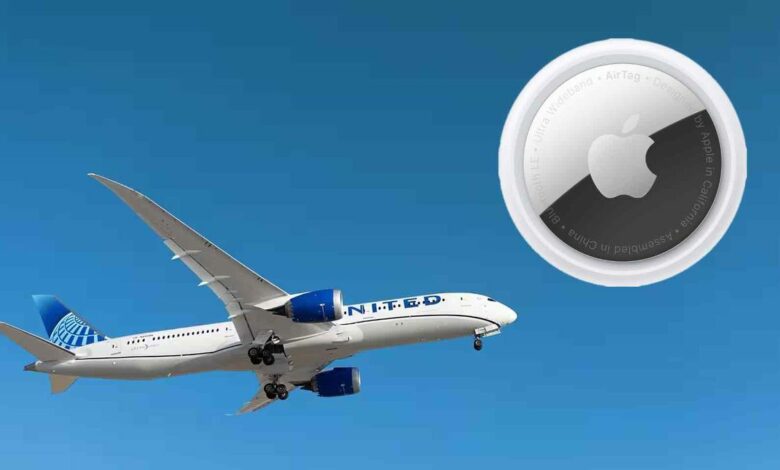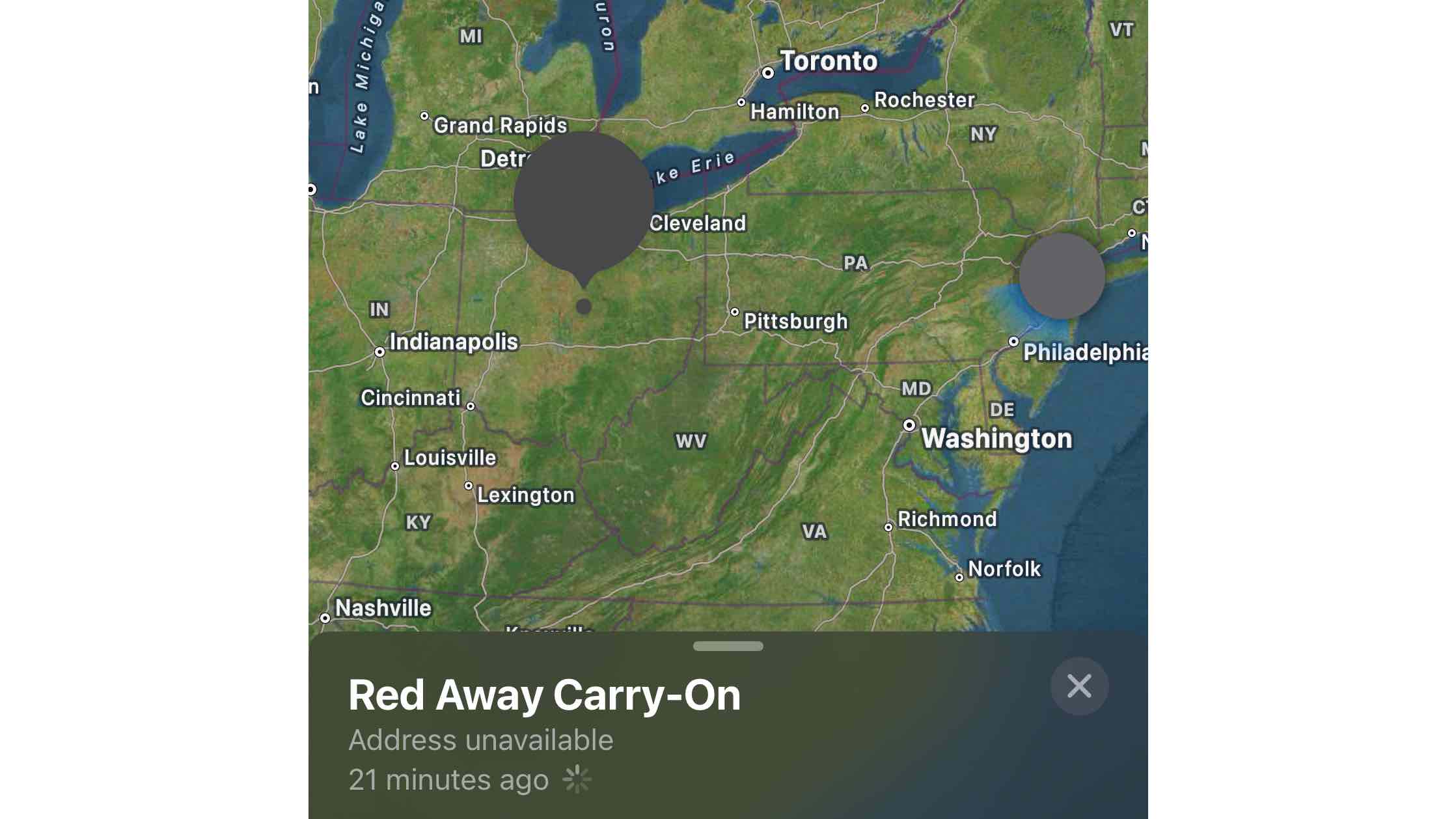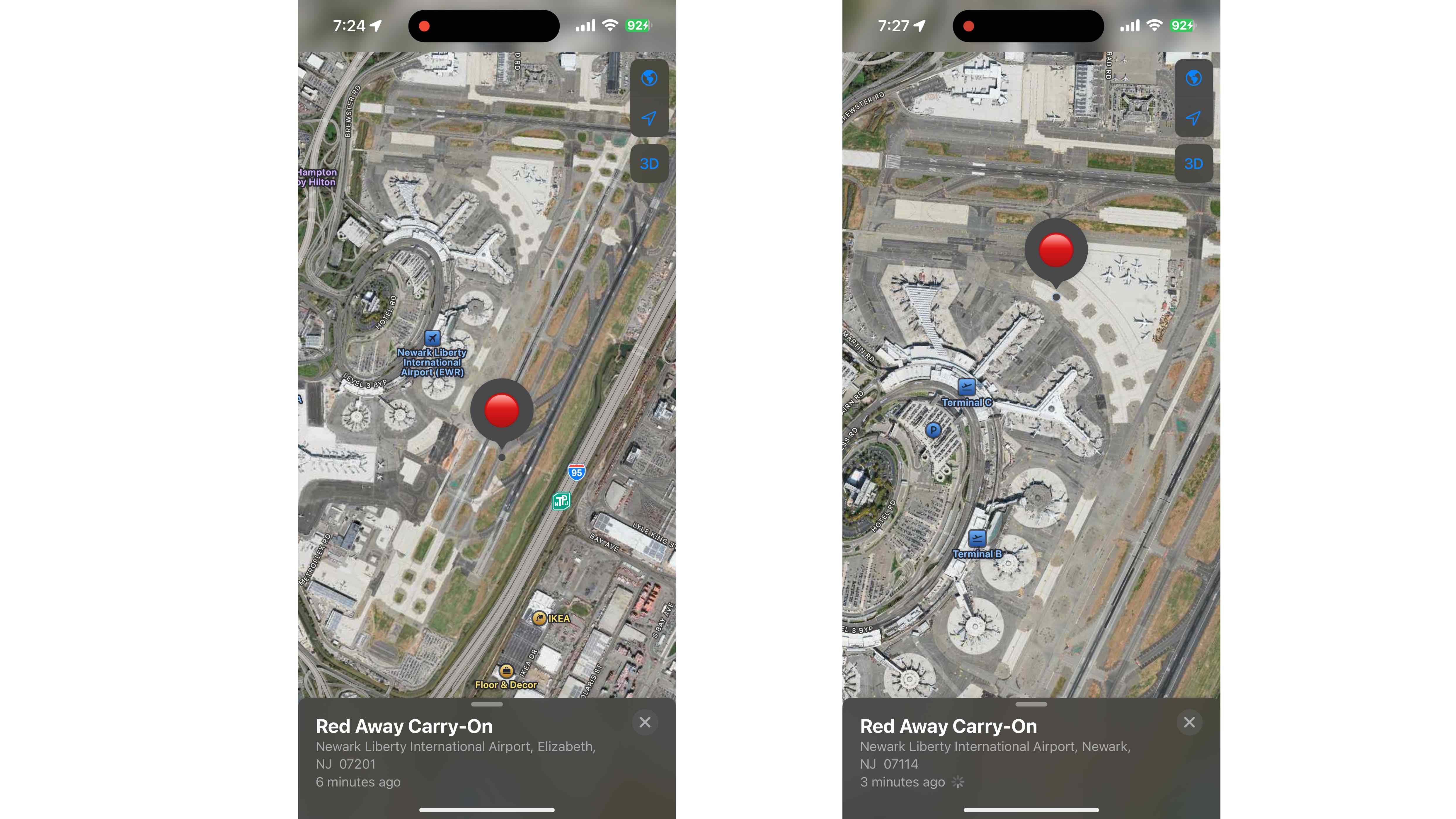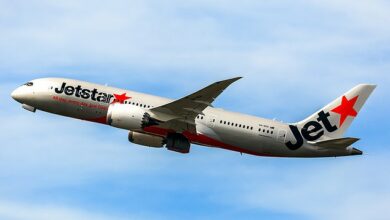My AirTag knew what United didn’t: where in the world to find my bags

Dear Reader, It’s been an interesting week. On July 19, 2024, a CrowdStrike outage took down a lot of infrastructure, including core systems for airlines; some were worse off than others. Delta, notably, did not recover as quickly as American Airlines or United, because they cancelled 1,000 flights on the 22nd alone.
But on Monday, July 22, 2024, most things were back up and running and I was being prepped for a United flight to Columbus, OH, to attend the MLS All-Star Game. I never made it, but my luggage did.
After sitting for a while and not being able to find a safe escape route due to concerns about “weather and operations,” United canceled the flight. It wasn’t a pretty outcome, but I thought I could get out and go home. There was a problem.
I usually travel with a backpack and a carry-on. In a pocket inside the carry-on is an AirTag—one I’ve had with me since Apple announced the item tracker in 2021. I’ll never travel without it again, and I implore you to get one too.
But instead of my usual carry-on strategy, I decided to check my bag in – first mistake. When my flight was cancelled, I was told to go to the baggage carousel and look for it. I quickly learned that wasn’t going to happen. Oddly enough, I checked the FindMy app on my iPhone and saw that the luggage was indeed off the plane.
I spoke to an agent at baggage claim and was told that United would deliver my bag tomorrow…for free! It seemed like a nice, almost happy ending. I told the agent that my AirTag indicated the bag was nearby, but was told that there was no “domestic pickup.” I kept an eye on the AirTag and watched the bag bounce around Newark Airport.
Hmm, that doesn’t seem right

To my surprise, the next day the AirTag was back at a gate and quickly moved to a taxiway and then to a runway. Then I got a notification that it was in the middle of Ohio.
So instead of holding my luggage in New Jersey, United had sent it on its way to Ohio. But here’s the thing: United’s baggage tracking system, which I’ve used successfully in the past, showed none of this. I called United and they told me my bag was still in NJ and would be delivered… until I told them I was tracking it with an AirTag and they realized it had been loaded onto a flight to Ohio.
Without Apple’s AirTag, I would have had no idea where my bag was. This process could have taken even longer, or I might not have gotten my bag back at all. A representative also told me that there were around 5,000 bags at EWR alone – given the recent outage and the disruption it caused, I have no doubt that’s true.
Trust in the AirTag and United

However, I spoke to another United representative on the phone and thanks to the AirTag we were able to see exactly when it arrived and I confirmed that it had arrived safely. I was then promised that it would be on the next flight back. I kept an eye on the progress of my AirTag. It missed the first one but made it successfully on the last flight back from CMH to EWR and I was able to track it as it went back to the gate, on the taxiway, on the runway and then after waiting 20 minutes for another report I saw that it was back over Pennsylvania.
I knew the flight number, so I followed it anxiously. Almost in sync with the plane’s landing, FindMy began updating—see screenshots below—but it took me from the runway, then a long taxi ride, to the gate, then back to Newark Airport’s baggage claim, Terminal C, where I first saw it after my flight was canceled.
I drove to the airport and on the way there I got an alarming text from United saying, “We’re still looking for your delayed baggage…” I decided to ignore it and once I got inside I launched FindMy on my iPhone and started using Precision Finding. About 20 feet in, it told me to make an immediate right, which led me to my bag next to baggage claim. We were eventually reunited 24+ hours later.
I’ve never been more grateful to use an AirTag, so much so that I will never travel without one again, and I even bought a few more this week. Usually, United’s baggage tracking system works, but when it doesn’t, you’re completely in the dark. If I didn’t have an AirTag, I wouldn’t have known that my bag wasn’t where the airline said it was, and it could have been days before I got it back.
It’s an essential carry-on for any air travel, whether it’s a checked carry-on or a checked bag. While you hopefully won’t have to rely on it, the fact that it runs on Apple’s FindMy Network, which taps into over a billion devices for precise location, the fact that it can give you turn-by-turn directions when you’re near one, and the fact that it’s safe to use on planes, is essential.
It is also an investment that continues to yield value – a single AirTag costs only $29 (or $99.99 for four of them), and when the battery dies, it’s completely user-replaceable with a standard CR2032 battery. I’ve had the same AirTag since 2021 and have had to replace the battery every 12-14 months, depending on use. I’ve replaced it three times, and Apple promises about a year, but it varies slightly.




